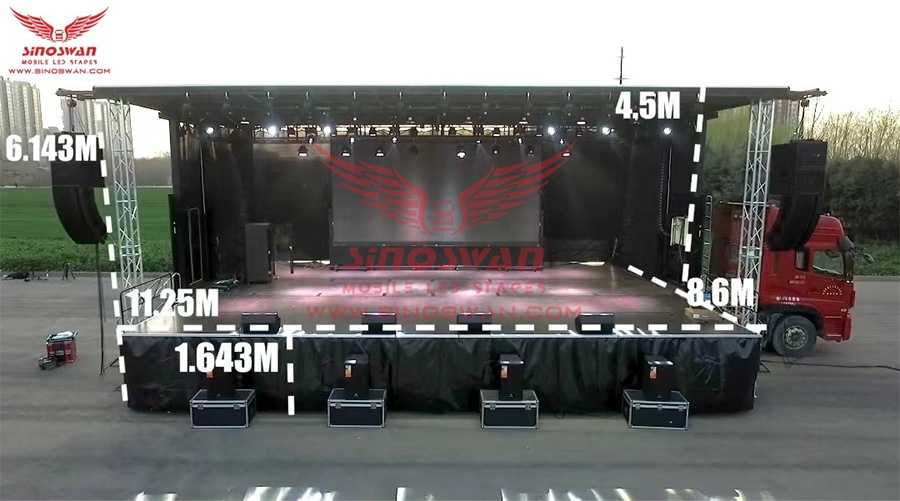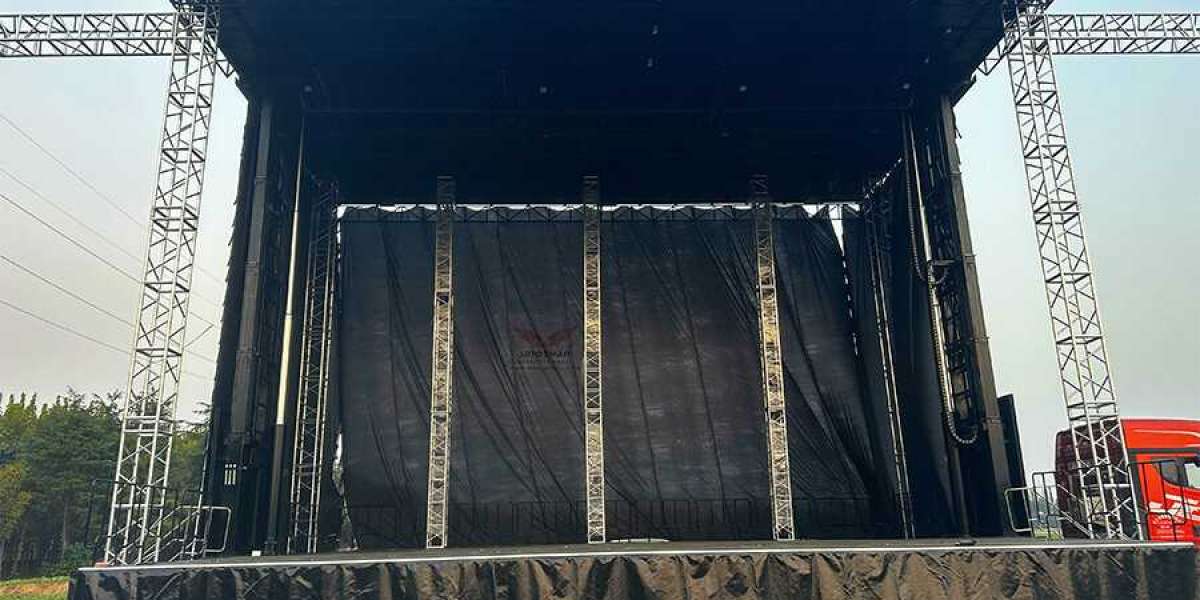Introduction: The Evolution of Mobile Broadcasting
The need for real-time content creation and delivery has increased exponentially as live events, news coverage, and streaming access have grown. The filter of this change is mobile control rooms and mobile broadcast studios, which enable an entire production on the go. These mobile units have not only developed into elaborate vehicles with cameras but also into studios with editing suites and communication facilities, including the capability to transmit live. With increasing content demands on the move, the ability of mobile broadcasting to anticipate changes is no longer an option of luxury but a must.
What Is a Mobile Control Room?
A mobile control room is basically a broadcast center that is constructed in a specially fitted vehicle or trailer. It transports all equipment needed for handling the video and audio signals of multiple sources, which in most cases are at a live event location. The control room is where the live productions are controlled, from controlling the camera angle and sound level adjustments, to switching feeds. These mobile solutions, unlike fixed studio setups, can be implemented almost anywhere, guaranteeing a smooth live production venture in not only unexpected locations but also unrelated environments.
Understanding the Mobile Broadcast Studio
A control room is a step behind a broadcast studio. It involves technical infrastructure and also production and presentation possibilities on-site. These studios commonly carry a variety of camera systems, teleprompters, lighting rigs, and high-quality microphones so that field anchors/presenters can literally record or broadcast professional content on the fly. It could be a sports event, a political rally, or a music concert, a mobile studio offers broadcasters the opportunity of preserving the quality of their production whilst being near the action.
Key Technologies Inside Mobile Units
The latest technology is crammed in contemporary control rooms and studios on wheels. Standard features include high-definition video switchers, real-time editing systems, microphones, real-time editing, audio mixers, satellite uplinks, and wireless connectivity. There are also 4K and broadcasting in HDR on some advanced units. These technologies provide a guarantee that on-site content can be of the same level or higher than that created in conventional studios.
Benefits of Mobile Broadcasting Units
The greatest benefit of control rooms and studios is flexibility. Such arrangements can be readily installed to report on breaking news, festivals, sports tournaments, or natural disasters. They are time-saving and simplify logistics, particularly where constructing a permanent studio is not feasible. They also enable broadcasters to save on the cost of travel since the studio moves to the site instead of transporting teams by air to headquarters.

Use Cases in Real-World Events
From Olympic games to political campaigns, mobile broadcast studios have played a crucial role in bringing live, on-the-scenes coverage. News organizations employ them for quick coverage of crisis hotspots, and entertainment companies use them to film behind-the-scenes material during movie shoots. Religious institutions, corporate event organizers, and schools also employ mobile units for live streams of seminars, conferences, and sermons.
Designing a Modern Mobile Control Room
Constructing a cutting-edge control room involves intelligent design decisions. Space is always cramped, so every bit of gear has to be small but heavy-hitting. Ventilation, power distribution, and acoustic dampening are all key considerations in the design. Many new units feature modular gear that can be rearranged based on the project. Comfort for crew members who can spend extended periods within the needs to be factored into the design as well.
The Role of Connectivity in Mobile Broadcast Studios
In mobile broadcasting, connectivity rules. A mobile broadcast studio is all about dependable and speedy connections to forward feeds to distant servers or television networks. Such connections can be satellite links, bonded cellular networks, or even portable fiber connections. With the advent of 5G, even more rapid and dependable transmission possibilities are available for mobile studios, facilitating ultra-low-latency live broadcasts and cloud-based post-production operations.
Conclusion
Portable control rooms and broadcast studios are the wave of the future for nimble, location-free content creation. Their capacity to take the studio to the action—instead of the action to the studio—makes them invaluable in today's fast-moving media world. As technology advances, so will the functionality of these mobile units, allowing broadcasters to broadcast live from anywhere with ease and accuracy. SINOSWAN, a leading name in the mobile event solutions industry, is helping set the standard by offering state-of-the-art mobile broadcasting vehicles tailored for professional use worldwide.
Contact Details:
- Website:Sinoswan
- Email:info@sinoswan.com
- Tel:+8618538129701
- WhatsApp Business:+8618838950310
- WhatsApp:+8618637178390
- WeChat:+86 18538129701
- YouTube:Sinoswan on YouTube







